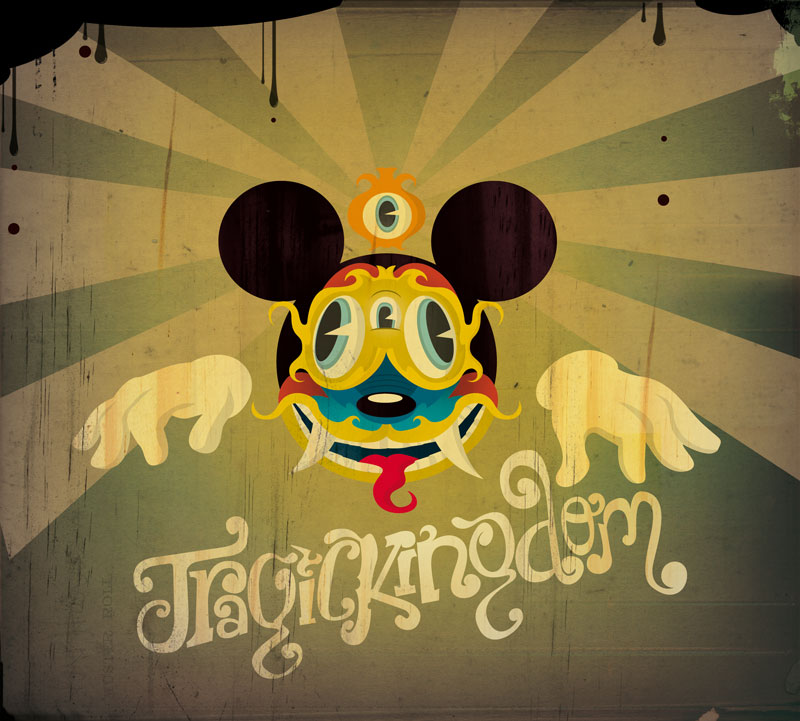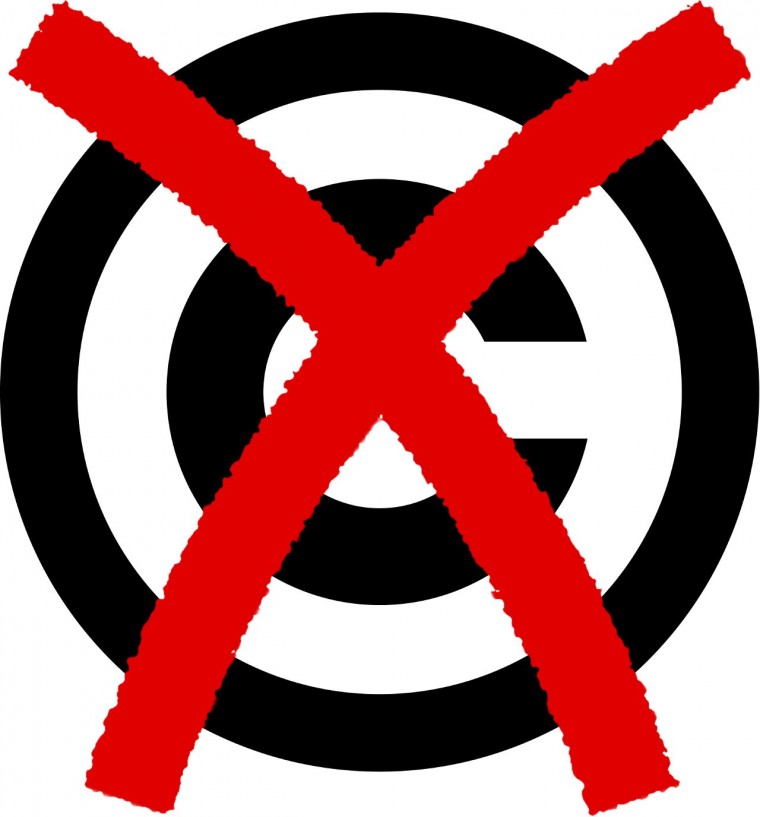It can be said without a doubt that currently the boundary between a digital media consumer and producer is gradually vanishing. Due to the development of Web 2.0 and the increasing accessibility of advanced technologies like mobile phones, digital cameras, WYSIWYG editors more and more people are leaving the position of a passive spectator and becoming digital authors.
Modern internet users, especially digital natives, do not only consume digital media content, but interact with it by commenting, sharing or even creating it themselves from scratch (“Youtubers”, Soundcloud, Instagram, etc.), thus filling the gaps that were not fulfilled by traditional digital media producers. So, now digital media users are becoming both producers and consumers, or prosumers.

Participatory culture – (Barrie, 2009)
However, most of young prosumers ‘lack of information literacy skills or understanding of issues such as plagiarism and copyright'(Jones et al., 2011). Moreover, participatory culture leads to the creation of unverified and amateurish web content that competes with a copyrighted one (Kakutani, 2007). As a result, professionals who make their living from creating works need to compete with multiple prosumers who are even more trusted by millennials (Barakat, 2014).
What concerns internet news, the user generated content has a positive effect here. It allows web users see the situation from different viewing angles. By getting information both from professional journalists and pro-ams, users may develop their critical thinking and form their own opinion that much better than just absorbing the news provided by one source – mass media. In addition to this, the experts themselves may gain from this situation by using “superficial observations of the world around” (Kakutani, 2007) as an additional free source of info.
Furthermore, participatory culture with Creative Commons and Open Source licenses, has made it possible to avoid power misbalance in the media industry. According to Klein, Moss and Edwards (2015), most of the money are concentrated in the hand of labels or elite stars while novices often deal with unfair contracts. In this way, Creative Commons that stimulates sharing culture is a good way out for beginning stars.
Web 2.0 is a considerable threat to the traditional digital media industry but its influence is inevitable as it is just gaining momentum. To succeed media industries need to adapt to all these changes, follow the latest trends in Web 2.0 and use the same tools for its own promotion, or even cooperate with pro-amateurs. In addition to this, this unspoken competition may lead to great innovations and experiments in the sphere of digital media.
On the other hand, to help prosumers co-exist peacefully with professional creative workers, educators need to teach them how to become good digital citizens that ‘practice safe, legal, and ethical use of digital information and tools’ (Saltman, 2011). A new generation of internet users should understand the concept of fair use and copyright as well as learn how to protect their own digital work.
